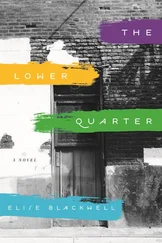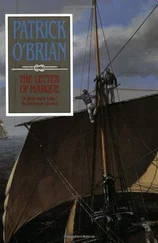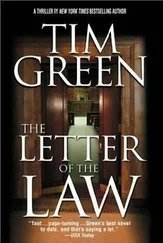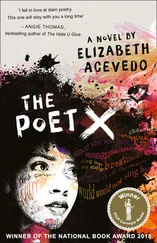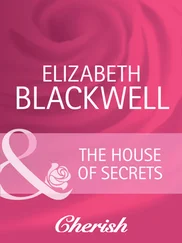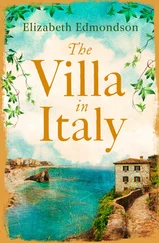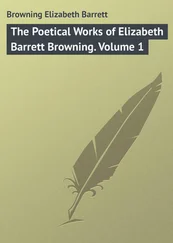It wasn’t Roy S. Hartigan who grabbed her attention; he appeared to be a rather bland, expressionless young man. It was the scene captured in that photograph: young men and women standing seriously in front of easels, brushes in hand, surrounded by walls covered with brightly colored canvases. All those people, together in one room, doing something she loved.
The idea that she could actually study art opened up a world of possibilities she’d never considered. College could be more than a dutiful obligation to her parents. It could be a chance to follow her passion. She wanted to be one of the people in that room. Wanted it more than anything. More, even, than Henry.
At first, the Institute of Art was an elaborate fantasy constructed when she lay in bed at night, trying to sleep. She pictured herself riding the train to New York—how long would it take? Days? Alighting with suitcase in hand at a glamorous, bustling train station; standing in class while a professor with a European accent showed her the proper way to sculpt marble or draw a still life. It was nothing more than a daydream, with no relation to her real life.
But as the college pressure from her parents grew more intense, so did Lydia’s urge to escape. She wrote to the most sophisticated person she knew—her distant cousin Eleanor, with whom she had spent time during summers in Lake Geneva—and asked her to find out what she could about the New York Institute of Art, without saying anything to Mother.
Eleanor’s reply came a few weeks later, in a large brown envelope.
Having too often made the safe choice rather than the desired one, I am all in favor of you pursuing your dreams. If I can be of any help in bringing your mother ’round to your side, you need simply ask.
Inside the envelope, Eleanor had enclosed a large, glossy booklet about the Institute, along with the school’s application packet for next year.
Lydia examined each page until she had it memorized. She read and reread the passages that might bolster her case with Mother: “The Institute strongly upholds the belief that a wide-ranging, liberal arts education is crucial to the development of any future artist…” “At the Lucille B. Davison women’s dormitory, female students live in a safe, companionable setting with the warmth of home, supervised by a live-in matron…” “Among our distinguished alumni are the assistant director of the Metropolitan Museum of Art, the owners of numerous prestigious New York and European art galleries, the noted artist Paul Thewlins…”
All of this was guaranteed to appeal to her mother’s snobbery and reassure her protective father. But art school—let alone art school in New York City—seemed like a far-off, unattainable dream. A vast world away from Knox Junction, where three couples in her senior class were already engaged, including her closest friend, Melanie. Henry hadn’t yet popped the question—despite Mother’s suspicions—but Lydia knew it was coming. College would be a four-year reprieve, at most.
Lydia still wasn’t sure she wanted to marry Henry. The disloyalty of that truth filled her with shame, since Henry had been her emotional support for so many years. He even encouraged her artistic leanings, buying her an oil-paint set last Christmas that she’d unwrapped with stunned joy. She’d no doubt she could live happily with Henry for the rest of her life. It was all the other trappings of marriage that left her feeling cold and afraid—moving into a farmhouse at the end of a dirt road; rising with the dawn to feed chickens and milk cows; being expected to produce children at regular two-or three-year intervals. Staying in Knox Junction when there were cities like New York waiting to be explored.
Alone in her room now, Lydia pulled the Institute of Art package from its hiding place under her bed. The application was surprisingly simple: a half page of personal information, a request for a reference from a high school teacher or principal and three samples of artwork. It was nowhere near as demanding as the application from Wellesley, which was sitting neatly on her pillow. For that one, she’d have to write an essay entitled “Why Wellesley?,” a seemingly straightforward but fiendishly difficult assignment. The Smith application required something similar. Already, she knew far more about the New York Institute of Art than she knew about either of those more prestigious schools. She could already picture herself unpacking at the Lucille B. Davison women’s dormitory, having late-night discussions with her fellow students about painting versus sculpture. Instead, she’d be filling out applications for schools she didn’t want to attend.
Lydia glanced again at the Wellesley application. “Why Wellesley?” Good question. One that, if she was honest, she’d answer: “Because my mother wants me to go.”
Lydia smiled, despite her frustration. Just imagine what the Wellesley administrators would say if they read that!
Конец ознакомительного фрагмента.
Текст предоставлен ООО «ЛитРес».
Прочитайте эту книгу целиком, купив полную легальную версию на ЛитРес.
Безопасно оплатить книгу можно банковской картой Visa, MasterCard, Maestro, со счета мобильного телефона, с платежного терминала, в салоне МТС или Связной, через PayPal, WebMoney, Яндекс.Деньги, QIWI Кошелек, бонусными картами или другим удобным Вам способом.

